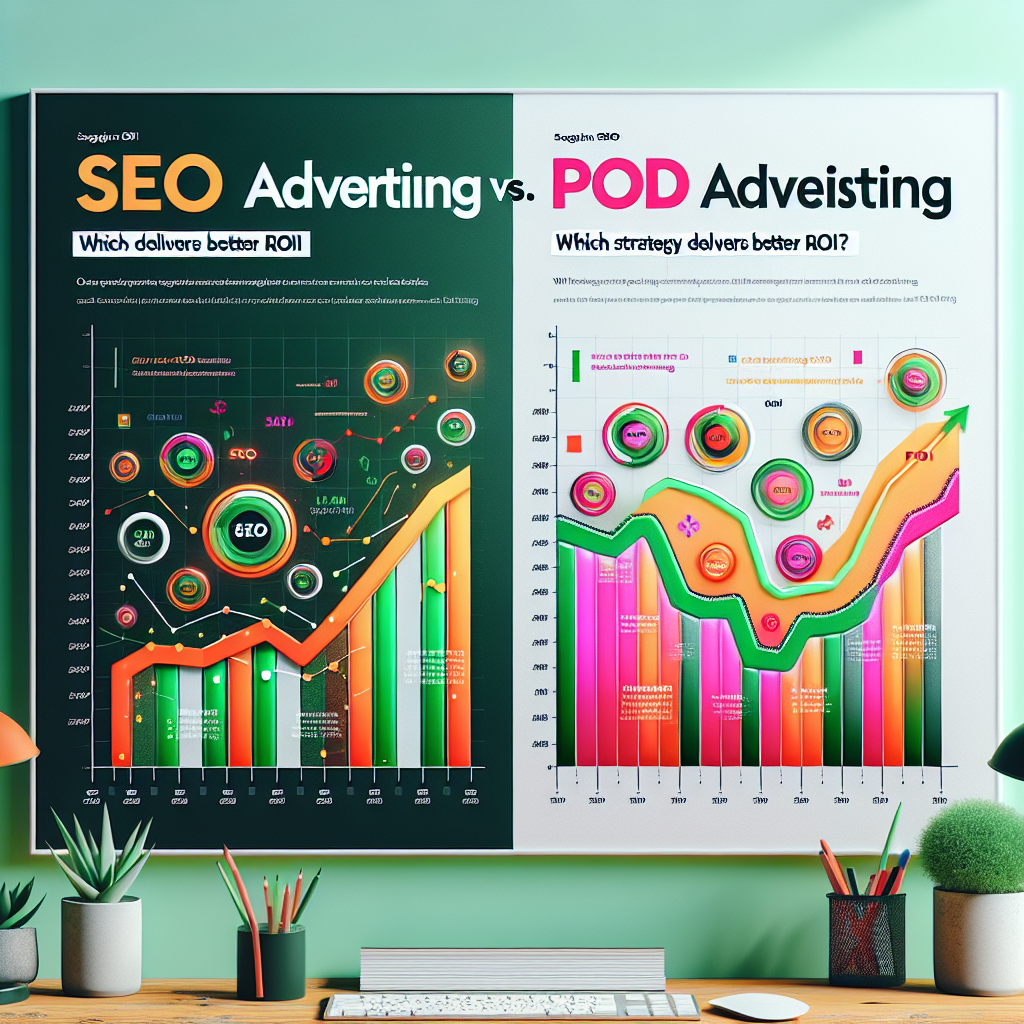Future-Proof Your Website: Best SEO Tactics for 2024
As we step into 2024, the digital landscape continues to evolve at a breakneck pace. The strategies that once dominated search engine optimization (SEO) are being replaced and updated to suit the changing preferences of users, advancements in technology, and the algorithms of search engines. To ensure your website remains relevant and continues to attract traffic, it’s crucial to adopt future-proof SEO tactics. Here are some of the best strategies you can implement this year. 1. Embrace AI and Machine Learning Artificial intelligence (AI) has transformed various aspects of SEO, from keyword research to content creation. As search engines like Google refine their algorithms using machine learning, it’s vital to adapt your strategies accordingly. Tactics: Content Optimization: Use AI tools to analyze your existing content and identify opportunities for improvement. This includes updating outdated information and optimizing for user intent. Voice Search Optimization: With the rise of voice-activated digital assistants, optimizing for voice search is more critical than ever. Focus on long-tail keywords and natural language queries that reflect conversational speech. 2. Prioritize Core Web Vitals Google’s Core Web Vitals have become fundamental metrics for determining a website’s user experience (UX). These metrics include loading performance, interactivity, and visual stability. Tactics: Page Speed: Optimize images, leverage browser caching, and implement lazy loading to improve loading times. Mobile Responsiveness: Ensure that your website is fully optimized for mobile devices, as Google prioritizes mobile-first indexing. 3. Create High-Quality, Relevant Content Content is still king, but the type of content that succeeds has shifted. Google is now focusing on content that genuinely meets the needs of users and satisfies their search intent. Tactics: E-A-T Principle: Emphasize Expertise, Authoritativeness, and Trustworthiness in your content. This means presenting well-researched articles, citing credible sources, and showcasing writer credentials when appropriate. User-Generated Content: Encourage customer reviews and testimonials. Authentic feedback helps improve credibility and can boost rankings. 4. Optimize for Local SEO With more users searching for "near me" services, local SEO has gained immense importance. Businesses need to ensure they are discoverable by local consumers. Tactics: Google My Business: Keep your listing updated with accurate information, including business hours, location, and services offered. Local Keywords: Target local keywords and create content that addresses the specific needs and queries of your local audience. 5. Focus on Semantic SEO Semantic SEO refers to a more in-depth approach to content that helps search engines understand the context and relationships of the topics being discussed. Tactics: Topic Clusters: Create pillar pages that cover broad topics in detail, supported by clusters of related content that link back to the pillar. This establishes authority on the subject and aids in better indexing by search engines. Structured Data: Implement schema markup to provide search engines with clear information about your content, thereby improving how your site appears in search results. 6. Leverage Video Content Video content remains one of the most consumed forms of media online. Incorporating video into your SEO strategy can enhance user engagement and improve your site’s overall performance. Tactics: Video Optimization: Use relevant keywords in your video titles, descriptions, and tags. Also, create detailed transcriptions as they can improve searchability. YouTube SEO: Don’t overlook YouTube as a search engine. Optimize your videos there, and link back to your website for greater visibility. 7. Build a Strong Backlink Profile Quality backlinks are still crucial in establishing your website’s authority. However, the focus has slightly shifted from quantity to quality and relevance. Tactics: Guest Blogging: Contribute to reputable sites in your industry to gain high-quality backlinks and increase your visibility. Natural Link Acquisition: Create shareable content such as infographics or research studies that others will want to link to. 8. Prioritize Cybersecurity and Privacy With increasing concerns over privacy and cybersecurity, demonstrating that your website takes data protection seriously can enhance your credibility and trustworthiness with both users and search engines. Tactics: HTTPS Encryption: Ensure your website is secured with HTTPS. Not only is this a ranking factor, but it also promotes user trust. Privacy Policy: Display a clear privacy policy that informs users about how their data will be used and protected. Conclusion As the SEO landscape continues to change, staying ahead of the curve is crucial for maintaining online visibility and driving traffic. By embracing these future-proof SEO tactics in 2024, businesses can ensure that their websites not only survive but thrive in the ever-evolving digital ecosystem. Adapting to new technologies, enhancing user experience, and prioritizing quality content will set the stage for long-term success in search rankings and user engagement.










